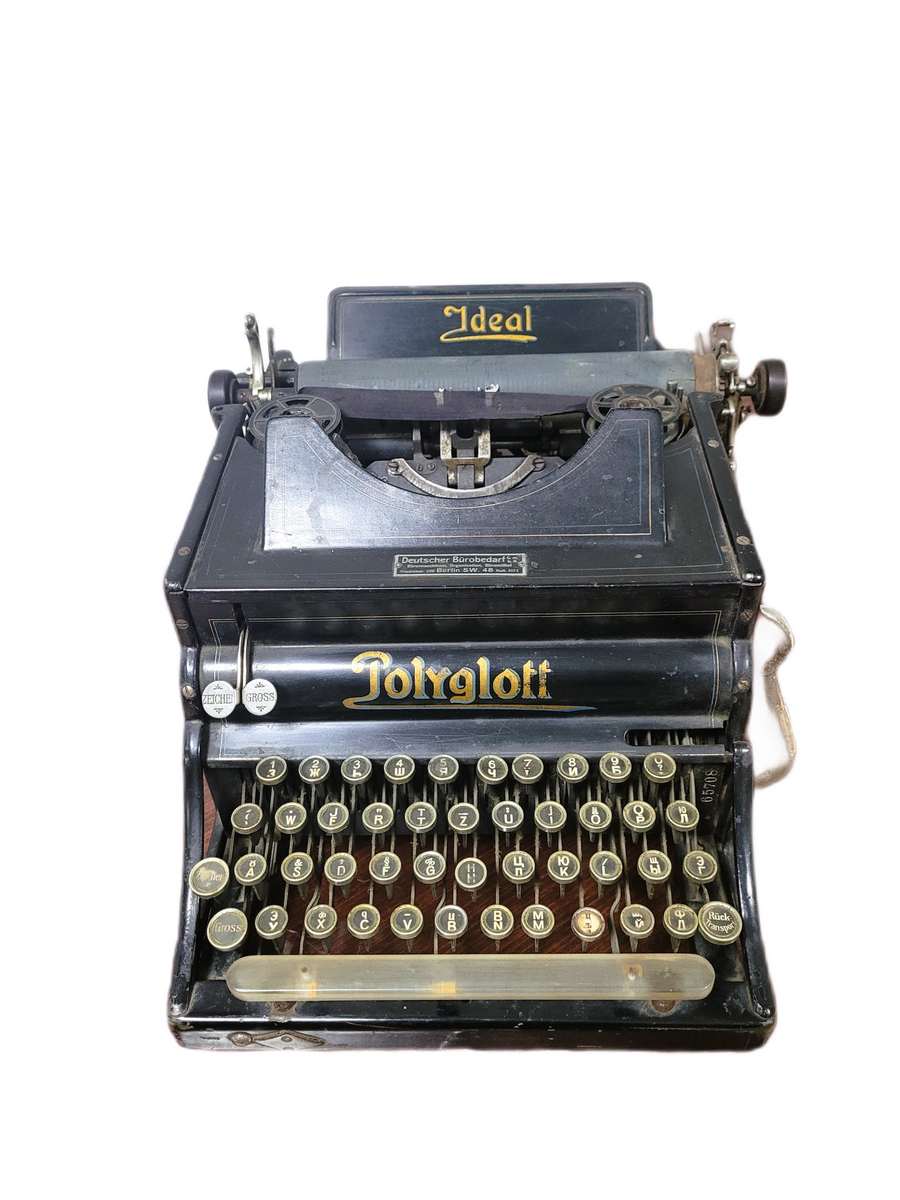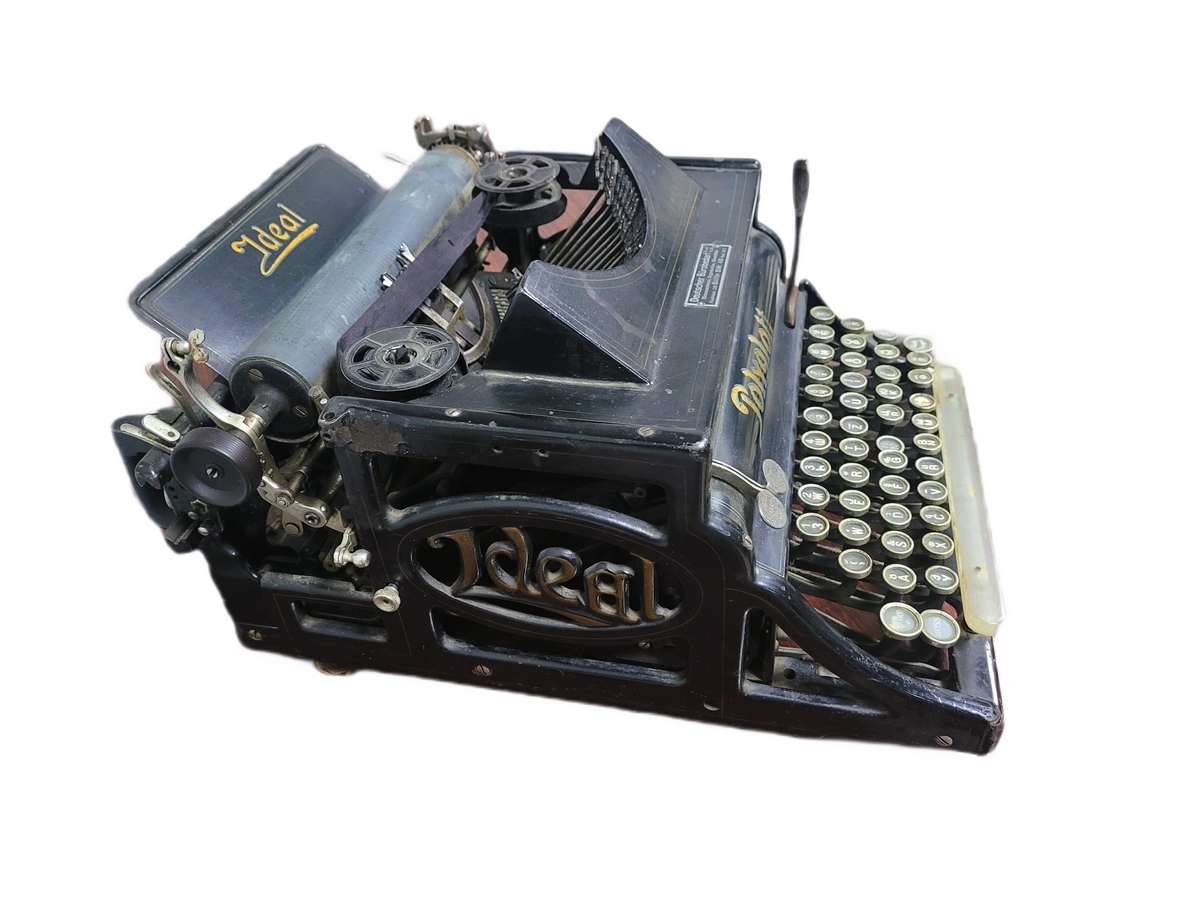Research
Research Projects
GDRE (Groupement de Recherche Européen) „Trouvailles monétaires" (2007-2010)
During 2007-2010 the Museum developed the international project of numismatic research GDRE (Groupement de Recherche Européen) „Trouvailles monétaires"
Members of GDRE:
France, CNRS: Paris (Centre de recherches historique) - Georges Depeyrot - GDRE coordinator; Musee des Terreaux, Lyon; The Republic of Moldova, Academy of Sciences of Moldova: National Museum of Archaeology and History of Moldova (A. Boldureanu- coordinator) and the Institute of Cultural Heritage (S. Tabac); Poland, Warsaw University: Institute of Arhaeology; Romania, Romanian Academy: Institute of Archaeology; Cabinet of Medals of Academy Library; Slovenia, National Museum: Cabinet of Medals.
Mission of GDRE: - Facilitate and encourage contacts and exchanges of researches;
- Promote co-operation actions;
- Coordinate research programs for many partners for the purpose of supporting of research and technological development;
- Find opportunities to harmonize and complement the programs through seminars, congresses devoted to scientific themes of GDRE, etc.
Work plan and schedule for the Republic of Moldova 1. In 2009, complete and publish the book "Corpus de tresors de Moldavie". 2. Publication of the book "Tresors majeurs de Moldavie".
Activities in the framework of GDRE:
1. The round table "Discoveries of Coins" organized by the European Research Group in the framework of the 8th Symposium of Numismatics held on May 29-30, 2007 in Chisinau. 2. Participation in the session of the European Research Group in the framework of the 9th Symposium of Numismatics held in Chisinau on September 17-18, 2008. 3. Participation in the international conference organized by the Jagellonian University in Krakow, Poland, where the participants of GDRE met in the framework of inter-academic exchange on April 21-26, 2008. In the course of the work there were summed up the activities for 2007 and planned the activities for the next period. 4. Participation in the International Congress of Numismatics, University of Glasgow, United Kingdom, August 31- September 4, 2009.
|











 31 August 1989 St., 121 A, MD 2012, Chisinau, Republic of Moldova
31 August 1989 St., 121 A, MD 2012, Chisinau, Republic of Moldova




 The side panels are elegantly decorated with refined cast-iron elements in the Art Nouveau style, displaying the brand name - "Ideal." The Polyglott model, featuring a bilingual keyboard patented in the United Kingdom by Max Klaczko from Riga, Latvia, was produced between 1902 and 1913, marking the first typewriter capable of writing in two languages. The "Ideal Polyglott" typewriter was actively sold in the Russian Empire and gained significant popularity in Poland, Bulgaria, and Serbia.
The side panels are elegantly decorated with refined cast-iron elements in the Art Nouveau style, displaying the brand name - "Ideal." The Polyglott model, featuring a bilingual keyboard patented in the United Kingdom by Max Klaczko from Riga, Latvia, was produced between 1902 and 1913, marking the first typewriter capable of writing in two languages. The "Ideal Polyglott" typewriter was actively sold in the Russian Empire and gained significant popularity in Poland, Bulgaria, and Serbia.








































